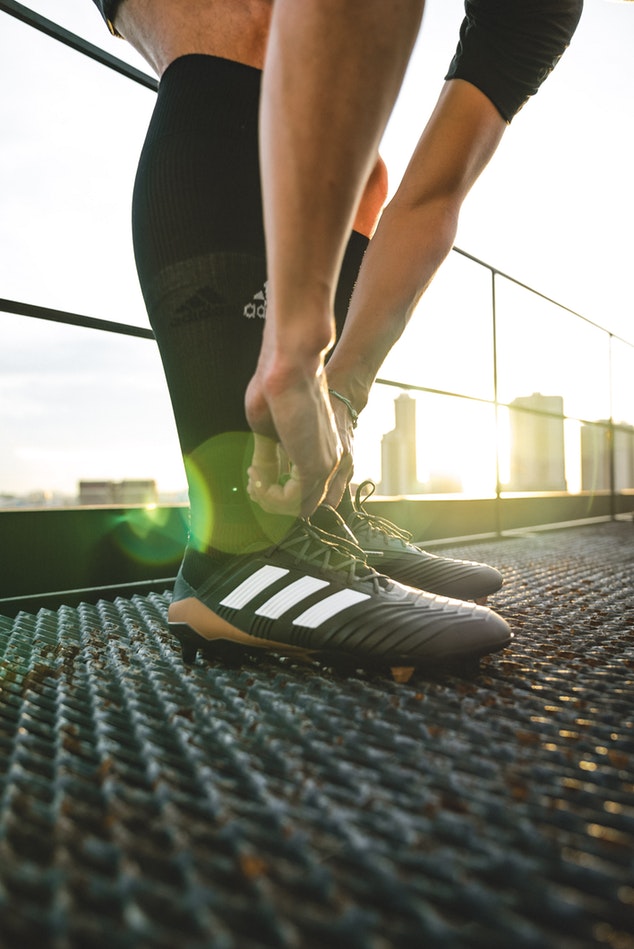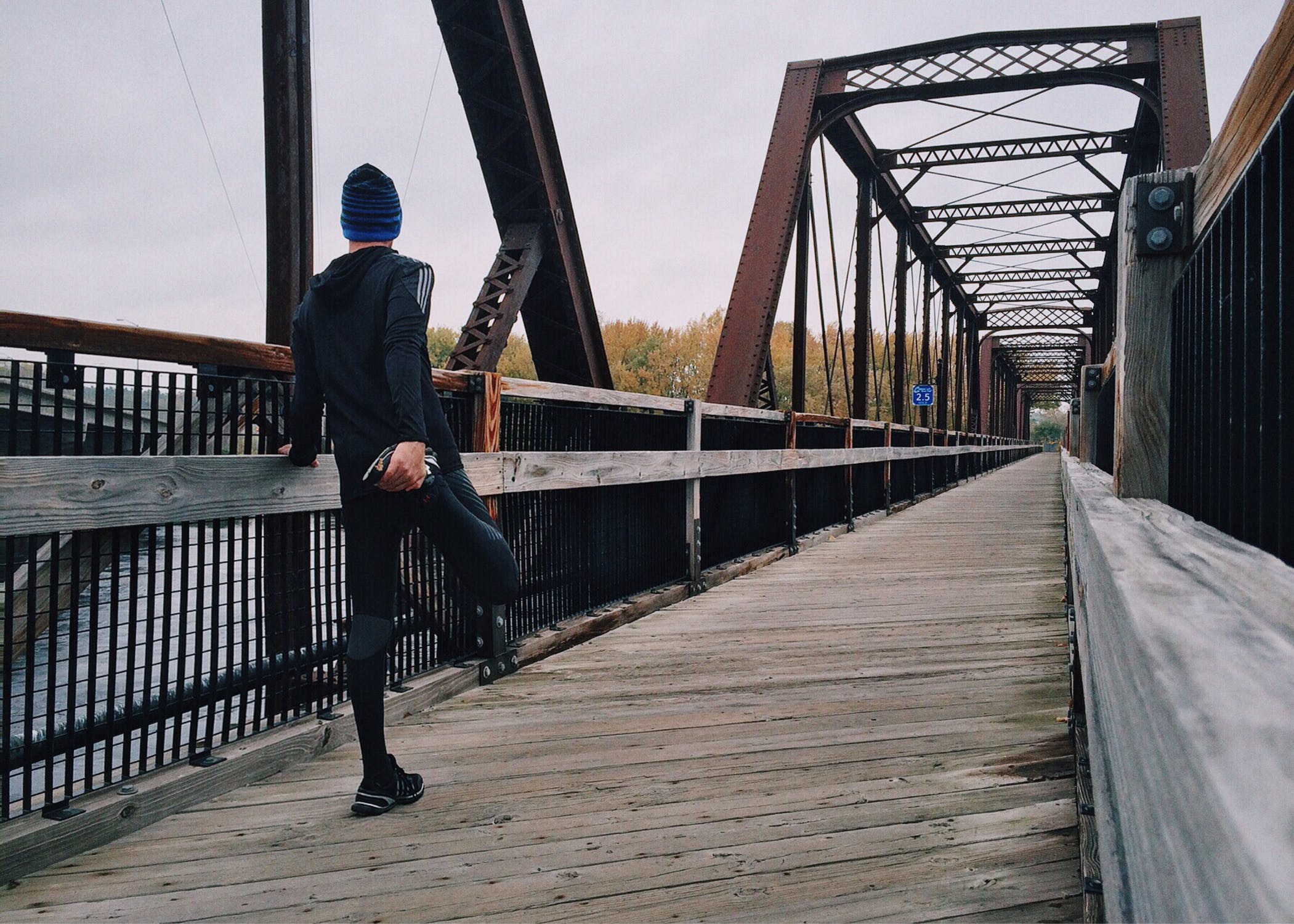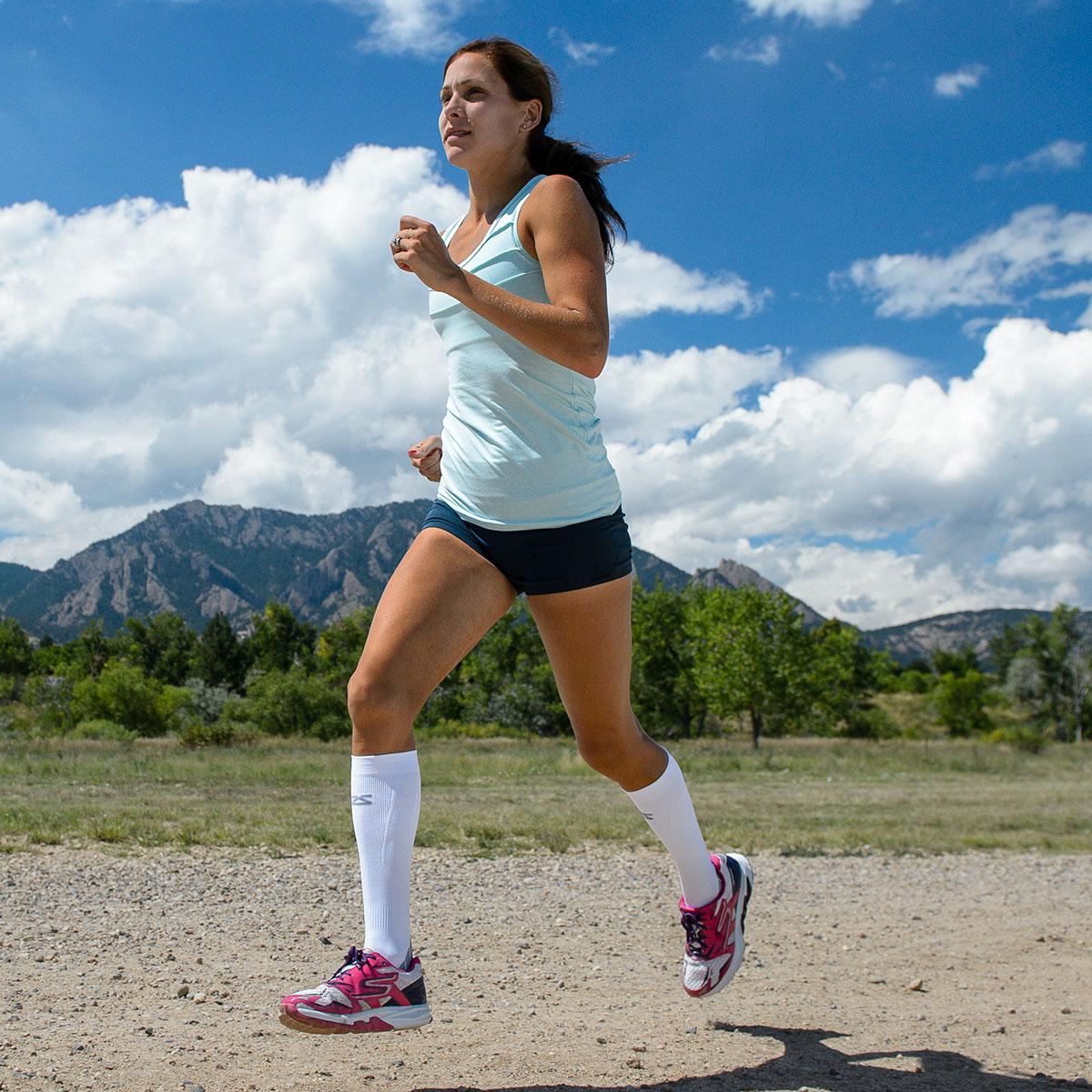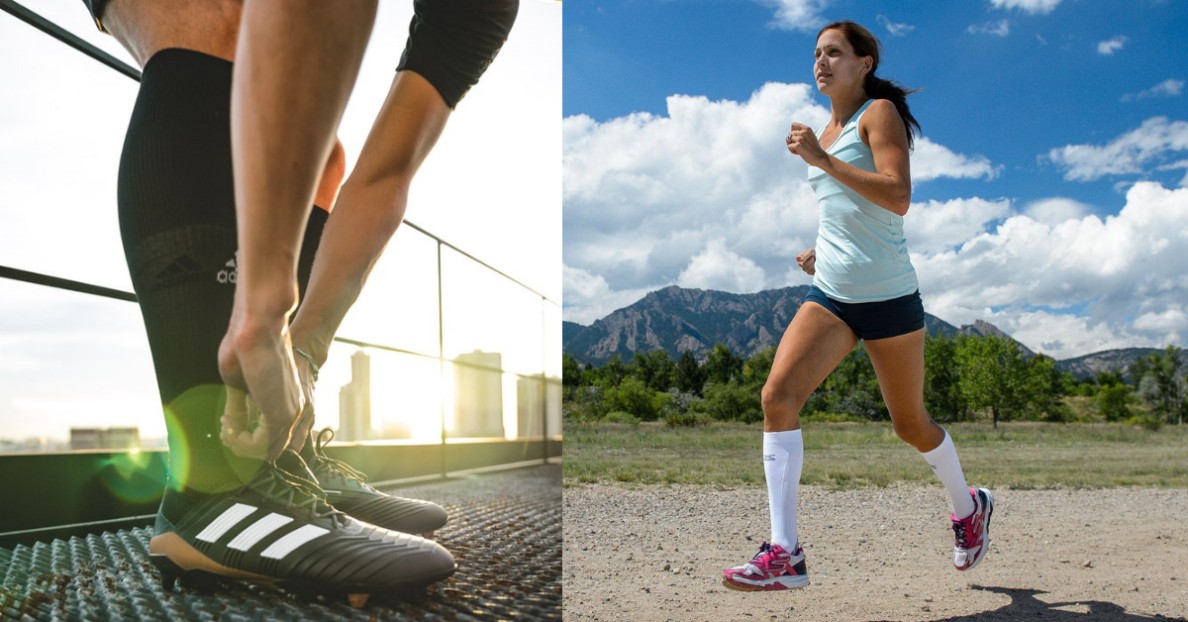
Compression socks have been increasing popularity from the past years until today. A lot of athletic runners live by them for comfort, performance and recovery.
Though it hasn’t been entirely proven whether compression socks or sleeves improve running performance or recovery, there are efficient benefits that make them runners’ choice.
Having said that, here are 6 of the major benefits of running in compression socks or sleeves you might have been missing:
1. Recovery
A lot of active women believe that compression running socks and sleeves improve recovery in from muscle soreness after a long run.
To support such a belief, a 2015 study found out after following a marathon that runners wearing compression socks experienced better recovery compared to other who used a placebo. This almost serves as a solid evidence that compression gear improves recovery.
Also, researchers have acknowledged that there could be a placebo effect caused by runners taking note of the tightness of their compression socks.
The participants of this research were assessed two weeks after participating in a marathon by running to exhaustion on a treadmill. They have compared their time to exhaustion and maximum and average heart rates.
The runners who wore compression socks had a 2.6% improvement while the placebo group had a 3.4% decrease in time to exhaustion. Aside from socks, other quality compression gears are designed to deliver specific levels of pressure to an affected limb.

2. Performance
A lot of people who wear compression socks also believe in this second benefit: they improve your running performance.
Although it isn’t exactly proven, a 2011 study found that low to medium compression increases leg power following endurance exercise. However, there was no difference in their performance time.
In terms of other compression wear, some studies say they help a person regain maximum jumping ability post-workout, which means it will help you have renewed power if you’re looking to do another set of an intense workout.
Also, a lot of runners feel that compression socks are beneficial and it’s that positivity towards their running gear that leads to better performance.
Graduated compression also supports blood circulation and some evidence shows that it improves lactate removal during exercise. This aid might translate to improved performance in endurance activities as marathon and trail run.
3. Soreness
Since compression gear supports blood circulation and increases blood flow, it also helps disperse lactic acid. This benefit can as well lead to less muscle soreness after exercise including extra warmth on the legs.
Also, Men’s Health Magazine said that compression gear, reduces, if not totally removes, the risk for delayed onset muscle soreness. Runners who wear them during heavy athletic activities experience less of this type of soreness according to the article.

4. Injury
Thigh high socks with compression, for example, aren’t only beneficial during the exercise but after as well. Since compression is part of RICE, it especially helps in the recovery of lower leg injuries. Examples are calf strains, shin splints and Achilles tendonitis.
However, this doesn’t mean that you will solely depend on them when recovering from an injury. Although they also increase blood flow to support it, you should always include rest, ice and elevation including changes in lifestyle, gear and types of training.
5. Protection
Of course, compared to wearing nothing, compression socks or sleeves on the lower legs give you protection. It can be from small scratches, abrasions and nasty things as poison ivy on the trail. When running in muddy and dirty grounds, they will also protect you from dirt.
6. Warmth
Aside from adding up more fabric on your skin when wearing shorts (if you don’t prefer leggings when running), compression itself warms up the muscles through the tightness and type of fabric.
Also because of this fact, compression gear theoretically helps you reduce risks of injury. These are injuries that happen when muscles lack proper warm up before the workout.
